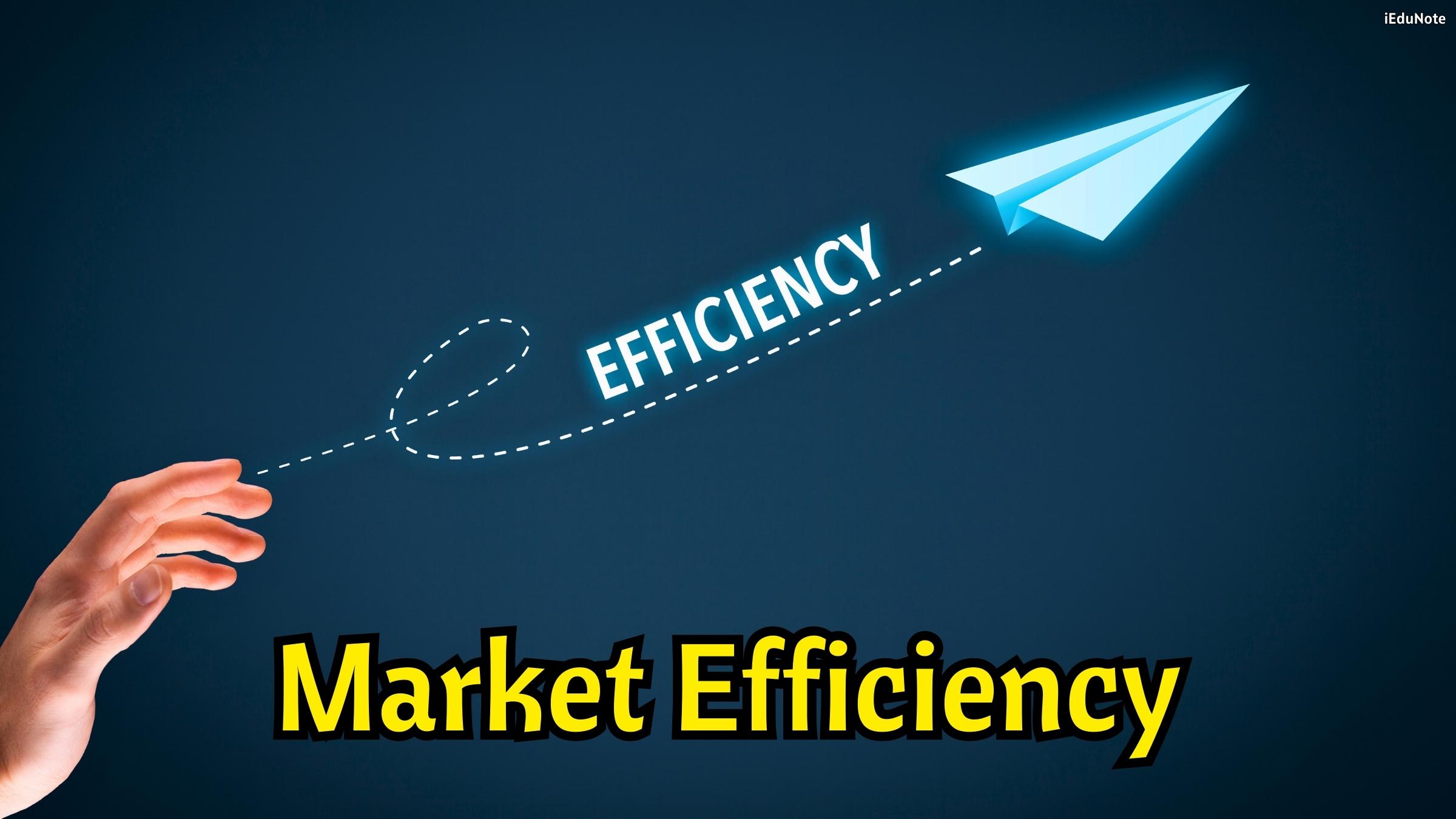Wealth maximization is an appropriate and operationally feasible criterion to choose among the alternative financial actions. It provides an unambiguous measure of what finance should seek to maximize in making investment and financing decisions on behalf of owners (shareholders).
Every firm has a goal to make the firm investment and financial decisions rational. The goal or objective provides a framework for the firm to make optimum financial decisions.
It is generally agreed on the theory that the goal of the firm should be the maximization of owners’ economic welfare.
The goal or objective provides a framework for optimum financial decision-making. It is concerned with designing a method of operating the internal investment and financing of a firm.
There are three alternative approaches to the goal of a firm. Profit maximization was initially the generally accepted theoretical criterion for making efficient economic decisions.
In current financial literature, it has been replaced by the maximization of earnings per share and, finally the wealth maximization decision criterion because of the shortcomings of the former as an operational criterion.
Value maximization is simply the extension of profit maximization to a world that is uncertain and multi-period.
Meaning Of Wealth Maximization
Wealth Maximization means maximizing the net present value (or wealth) of a course of action to shareholders. The net present value (NPV) of a course of action is the difference between the present value of its benefits and the present value of its costs.
A financial action with a positive NPV creates wealth for shareholders and is, therefore, desirable. A financial action resulting in negative NPV should be rejected since it would destroy shareholders’ wealth.
Wealth maximization is also known as value maximization or net present worth maximization. Wealth or net present worth is the difference between gross present worth and the amount of capital investment required to achieve the benefits.
As a decision criterion, the wealth maximization criterion involves a comparison of value to cost. Any financial action which creates wealth or which has a net present worth above zero is a desirable one and should be undertaken.
Conversely, any financial action which does not meet this test should be rejected; In the case of mutually exclusive alternatives, the alternative with the greatest net present value should be selected.
Definition Of Wealth Maximization
Wealth maximization means maximizing the net present value or wealth of a course of action to shareholders. This is also known as value maximization or net present value maximization.
- “The firm’s goal should be to maximize stockholder wealth, which is accomplished by maximizing the current stock price.” – C. P. Jones.
- “Wealth maximization means maximizing the net present value (or wealth) of a course of action to shareholders.” -I. M Pandey.
- “Wealth maximization, which translates into maximizing the price of the firm’s common stock.”- Brigham & Ehrhardt.
- “Wealth maximization implies the maximization of the market price of the share.” – Khan & Jain.
In current academic literature value, maximization is almost universally accepted as an appropriate operational decision criterion for finance. It removes the technical limitations which characterize the earlier profit maximization entering.
Economic Value Added (EVA) and Wealth Maximization
Economic Value Added (EVA) is a popular measure used by many firms to determine whether an investment proposed or existing contributes positively to the owner’s wealth.
Economic Value Added (EVA) is calculated by subtracting the cost of funds used to finance an investment from its after-tax operation profits.
Investments with positive Economic Value Added (EVA) increase shareholder value, and those with negative EVA reduce shareholders’ value. Only the investment with positive EVA is desirable.
Focus on Stakeholders For Wealth Maximization
Although maximizing shareholder wealth is the primary goal, many firms broaden their focus, including the interests of stakeholders and shareholders.
Stakeholders include employees, customers, suppliers, credits, owners, and others who have a direct economic link to the firm. A firm with a stakeholder focus consciously avoids actions that would prove detrimental to stakeholders. The goal is not to maximize stakeholder will but to preserve it.
The firm can better achieve its goal of shareholder wealth maximization by fostering cooperation with its other stakeholders rather than conflict with them.
Rationale for Wealth Maximization
The wealth will be maximized if this criterion is followed in making financial decisions:
- Time Value of Money: The wealth maximization objective distinguishes between returns received at different times. It considers the time value of money.
- Risk and Return: The objective of shareholders’ wealth maximization takes care of the questions of the risk of the expected returns.
- Select Discount Rate: By selecting an appropriate rate (discount rate, cost of capital) for discounting the expected cash flows of future returns.
- Cash Flows: It is important to emphasize that benefits are measured in terms of cash flows, which is important for investment and financing decisions.
- Economic Welfare: Maximizing the shareholders’ economic welfare is equivalent to maximizing the utility of their consumption over time.
- Increase Market Value: The wealth maximization principle implies that a firm’s fundamental objective is to maximize its shares’ market value.
For the above reasons, wealth maximization is superior to profit maximization as an operational objective. Wealth maximization achieves the objectives of the firm’s owners and interested parties, so it should be the main goal of finance.
Clear Concept The wealth maximization criterion is based on the concept of cash flows generated by the decision rather than accounting profit which is the basis of the measurement of benefits in the case of profit maximization.
Cash flow is a precise concept with a definite connotation.
Considers risk, the timing of return, and the time value of money
The wealth maximization criterion considers both the quantity and quality dimensions of benefits. At the same time, it also incorporates the time value of money.
The value of a stream of cash flows with the value maximization criterion is calculated by discounting its element back to the present at a capitalization rate that reflects both time and risk.
Focuses on owners’ interest
The value of a course of action must be viewed in terms of its worth to those providing the resources necessary for its undertaking.
In applying the wealth maximization criterion, the term value is used in terms of worth to the owners, that is, ordinary shareholders.
Therefore, neither total profit maximization nor the maximization of EPS can bring about maximum welfare to the shareholders.
On the other hand, the concept of wealth maximization can overcome the limitations of profit maximization.
Because the wealth of a shareholder is represented by the market price of an investor’s stock in the firm. The price of the stock is dependent on present income as well as the present value of the future income of the firm.
The present value of income of the firm is determined through discounting the future income flow using the risk-adjusted cost of capital of the firm.
The dividend policy of the firm does also influence the value of the firm’s stock. The distribution of current earnings between dividend and investment influence the future cash flow of the firm.
Thus, the concept of wealth maximization ultimately maximizes the investors’ welfare in the form of maximizing the share price of the firm.
That is, the more effective investment decisions the firm take up and the more appropriate financing decision the management takes up, the future cash flow will be higher and the cost of capital will be lower.
Accordingly, the present value of the future cash flow of all the projects of the firm will be higher. The stock market will reflect this situation by enhancing the stock price of the firm. Thus, the wealth position of the stockholders will be maximized.
Wealth Maximization vs. Profit Maximization – 10 Key Differences
| Topics | Profit Maximization | Wealth Maximization |
|---|---|---|
| 1. Definition | Profit maximization means maximizing the profit of the firm. The maximization of the firm’s net income is called profit maximization. | Wealth maximization means maximizing the net present value or a wealth of a course of action to shareholders. |
| 2. Subject Matter | To increase profit volume. | To increase wealth, not profit. |
| 3. Risk | The risk would not be considered. | The risk would be considered. |
| 4. Time Value | Time value is not considered. | Time value is considered. |
| 5. Inflation | Inflation would not be evaluated. | Inflation would be evaluated. |
| 6. Concept | It is an ambiguous concept. | It is an unambiguous concept. |
| 7. Welfare | Social welfare is not considered. | Social welfare is considered. |
| 8. Keeps interested | It keeps interested only owners. | It keeps interested for all interested parties of the firm. |
| 9. Indicator | It indicates increasing EPS. | It indicates an increasing share price. |
| 10. Comment | Profit maximization should not be the goal of finance and firms. | Wealth maximization should be the main goal of finance as well as firms. |

